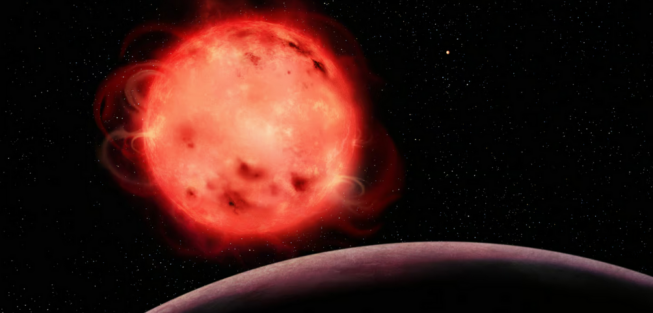The James Webb Space Telescope has achieved one of the first major science goals announced for it way back in 2017. The infrared instrument has now probed the atmosphere around one of the TRAPPIST-1 exoplanets.
Taking the reigns from the aging Hubble, James Webb is NASA’s latest flagship space telescope. Its huge mirror collects more light than anything before it to take high resolution images, while its infrared eyes allow it to peer much deeper in space and time. Altogether, the JWST is already proving invaluable in providing new insights into stars, planets, and the early history of the universe itself.
From Grain to Glory: The European Bread Museum’s tribute to a staple of civilization
In 2017, astronomers discovered an extraordinary system of seven Earth-sized exoplanets orbiting a nearby red dwarf star known as TRAPPIST-1, a mere 40 light-years away. And naturally, scientists began to wonder what these entrancing exoplanets would look like through the yet-to-be-launched JWST’s eyes. Soon the system became one of the telescope’s first official science targets, with the goal of investigating the potential habitability of the planets.
Continue here: New Atlas
Ask me anything
Explore related questions





